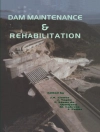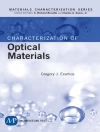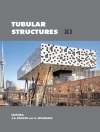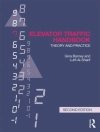The classical theory of elasticity maintains a place of honour in the science ofthe behaviour ofsolids. Its basic definitions are general for all branches of this science, whilst the methods forstating and solving these problems serve as examples of its application. The theories of plasticity, creep, viscoelas ticity, and failure of solids do not adequately encompass the significance of the methods of the theory of elasticity for substantiating approaches for the calculation of stresses in structures and machines. These approaches constitute essential contributions in the sciences of material resistance and structural mechanics. The first two chapters form Part I of this book and are devoted to the basic definitions ofcontinuum mechanics; namely stress tensors (Chapter 1) and strain tensors (Chapter 2). The necessity to distinguish between initial and actual states in the nonlinear theory does not allow one to be content with considering a single strain measure. For this reason, it is expedient to introduce more rigorous tensors to describe the stress-strain state. These are considered in Section 1.3 for which the study of Sections 2.3-2.5 should precede. The mastering of the content of these sections can be postponed until the nonlinear theory is studied in Chapters 8 and 9.
Tabla de materias
Basic concepts of continuum mechanics.- Stress tensor.- Deformation of a continuum.- Governing equations of the linear theory of elasticity.- The constitutive law in the linear theory of elasticity.- Governing relationships in the linear theory of elasticity.- Special problems of the linear theory of elasticity.- Three-dimensional problems in the theory of elasticity.- Saint-Venant’s problem.- The plane problem of the theory of elasticity.- Basic relationships in the nonlinear theory of elasticity.- Constitutive laws for nonlinear elastic bodies.- Problems and methods of the nonlinear theory of elasticity.












